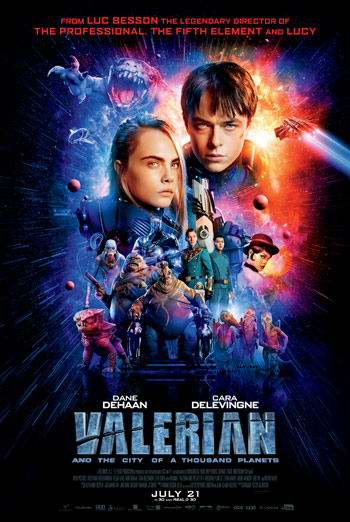This year, we will start reading Blake Crouch's science fiction novel Dark Matter. I really think the students are going to like it once they get into the world Crouch creates. In order to help prepare, I'm asking my students to reflect on the following questions.
- Do you like to read fantasy or science fiction? Why or why not?
- What fantasy or science location from a novel (or movie) is your favorite? Would you want to go there yourself? Why or why not?
I love to read fantasy. As a kid, I felt like reading was a great escape from everyday life. I appreciated the opportunity to leave the ordinary behind and experience life in someone else's shoes. It was even better if those shoes were worn by a hobbit trying to reclaim a mountain, a group of children getting lost in a wardrobe, or a neglected girl who discovers telekinetic abilities. If you're going to read and experience something new, why not make it amazing and extraordinary? Now, when I write, most of my ideas do involve some type of fantastical element because it lends more possibilities. Fantasy just has so much to offer! I've recently started to branch out into science fiction, which isn't all that different. It just uses advanced technology instead of magic. The worlds created are just as awesome.
For fantasy, I recently discovered Patrick Rothfuss's The Kingkiller Chronicles with The Name of the Wind and The Wise Man's Fear. It follows the past adventures of Kvothe, a child orphaned after mystical (and thought non-existent) beings murder his family's acting troupe for discovering their secrets. He must struggle on his own in the harsh city before making his way to The University where he studies artificing (the making of "magical" objects) and naming (being able to control wind, fire, stone, etc., by attempting to discover the lost language of names). Every adventure in this vast world that Kvothe lives in helps build up his skills and knowledge to become a successful student, musician, and hero. However, there is also a story line in Kvothe's present where he is a run-down innkeeper unable to perform magic any more. Readers are left wondering how the great and legendary hero that everyone knows has gone into hiding in secret as an innkeeper. I'm eager for more, but unfortunately Rothfuss writes these epics at George R.R. Martin pace - that is, super slowly. If I could attend The University, then I'd definitely want to live there.
For science fiction, I'm going to use a film based on a graphic novel, Valerian and the City of a Thousand Planets. In the future, the International Space Station has grown to epic proportions as more and more planets and lifeforms are discovered. It'd be nice to see all of these different worlds living in peace, and it'd definitely be cool experience them all in the same place with their awesome advanced technology.



